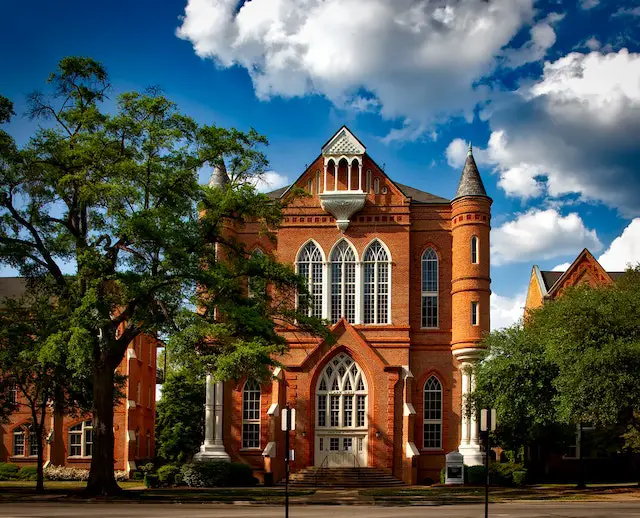Marist College is a private liberal arts college located in Poughkeepsie, New York. Founded in 1905, it has since become a well-regarded institution known for its strong programs in business, communications, and the arts. In this article, we will explore the pros and cons of attending Marist College.

Pros:
- Strong academic programs: Marist College is known for its strong academic programs in a variety of fields, including business, communications, and the arts. The college offers numerous undergraduate and graduate programs, as well as opportunities for research and professional development.
- Location: Marist College is located in Poughkeepsie, New York, a mid-sized city in the Hudson Valley region. The campus is situated on the banks of the Hudson River, providing students with access to numerous outdoor recreational opportunities. The campus is also within driving distance of New York City, providing students with access to one of the world’s most vibrant cities.
- Experiential learning: Marist College has a strong commitment to providing students with practical experience through internships and other forms of experiential learning. The college has partnerships with numerous businesses and organizations, providing students with opportunities to gain hands-on experience in their chosen field.
- Strong sense of community: Marist College has a strong sense of community, with a student body of approximately 6,000 students. The college offers numerous opportunities for engagement and involvement, including student clubs and organizations, athletic teams, and campus events.
- Technology: Marist College has a strong commitment to integrating technology into its academic programs. The college has invested heavily in technology infrastructure, and offers numerous resources and tools to support student learning and development.
Cons:
- Cost: Marist College is a private institution, which can make it more expensive than public universities. The cost of tuition, fees, and living expenses can be a significant financial burden for some students.
- Competitive environment: Marist College is located in a highly competitive environment, with numerous other universities and businesses vying for attention and resources. Students may need to be proactive in order to take advantage of opportunities and stand out in a crowded field.
- Limited diversity: Marist College has a relatively homogenous student body, with a majority of students coming from white, middle-class backgrounds. While the college has made efforts to increase diversity and inclusion, some students may feel a lack of representation and diversity on campus.
- Limited social scene: While Marist College offers numerous opportunities for engagement and involvement, the campus can be relatively quiet on weekends and evenings. Some students may need to rely on off-campus resources for entertainment, shopping, and other needs.
- Limited research opportunities: While Marist College offers numerous opportunities for experiential learning, it may not provide as many opportunities for research as larger universities. Students interested in pursuing advanced research may need to look elsewhere for opportunities.
In conclusion, Marist College offers numerous benefits including strong academic programs, location, experiential learning, sense of community, and technology integration. However, students should be aware of potential drawbacks such as cost, competitive environment, limited diversity, limited social scene, and limited research opportunities. Ultimately, the decision to attend Marist College will depend on a student’s individual needs, priorities, and goals.